The Dynasty Warriors franchise seems unstoppable, bringing more heroes and gameplay mechanics to each mainline entry. However, the spin-off Empires series doesn’t always seem to get the same level of attention. While Dynasty Warriors 9: Empires is a fantastic reason to return and squeeze even more heroic combat experiences out of ancient China, it isn’t quite as impressive as you might expect.
Make your own story
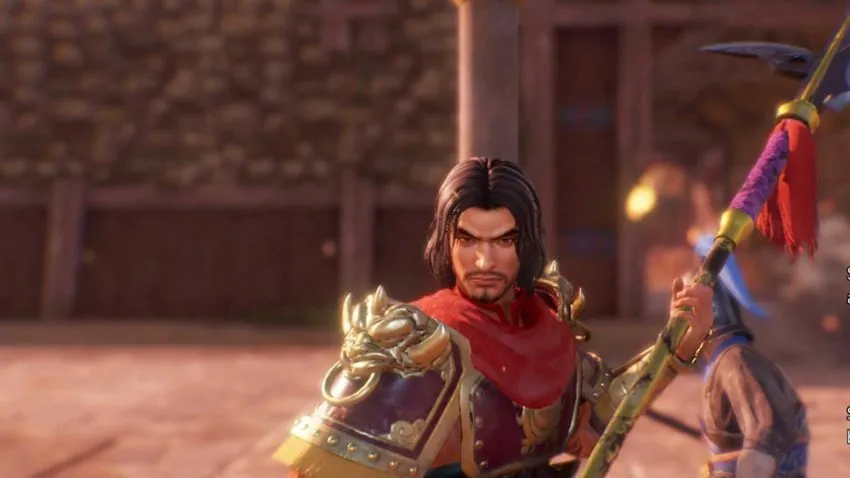
Musou games empower players by putting them in the shoes of legendary heroes and pitting them against thousands of enemies. You slash your way through lesser soldiers like overgrowth in a jungle expedition to find legendary warriors from opposing kingdoms that offer something close to a fair fight. Overcoming insurmountable odds and emerging victorious feels incredible, but it’s lessened by the repetitive nature of the battles you fight against what feels like the same old enemies.
In Dynasty Warriors 9: Empires, players can pick from several scenarios that form the basis for their campaign. These scenarios are based on famous events and determine which territories certain kingdoms start with. There’s also a free-for-all campaign that’s absolute chaos, but the selection on offer provides enough variety that you can keep things interesting even on your tenth playthrough.
Once you’ve picked a scenario, you need to pick a ruler, the hero you’ll be playing as throughout your campaign. You can also create a custom hero and upload them so you can use them in subsequent playthroughs. The depth of the customization is fantastic and there’s enough space to save dozens of creations.
Outside of the scenario and hero you pick, there’s little story to speak of. You select the regions to invade, the allies you want, define how battles play out, and more. While you will see a few cutscenes for specific interactions, the game largely leaves you to build your own story. You might invade a region because it’s close, or because you don’t like the leader and their reputation. This isn’t a deal-breaker at all and fits the Empires formula well.
Siege after siege
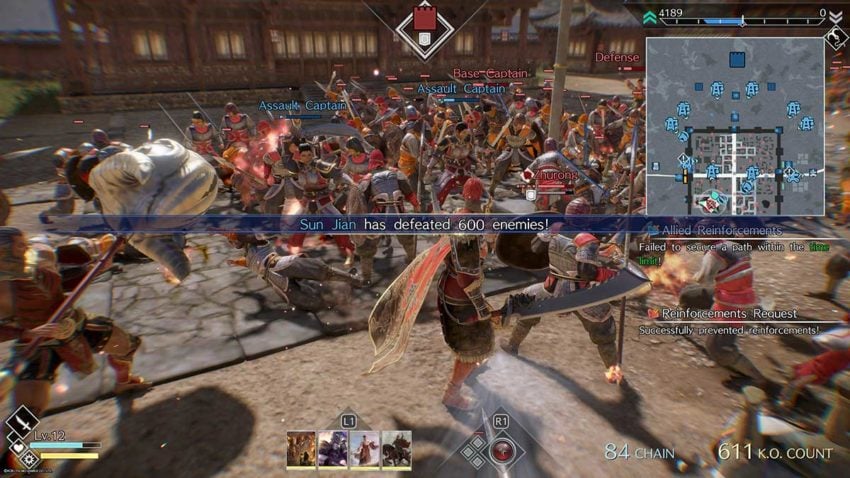
Battles in Dynasty Warriors 9: Empires play out very differently from what most Musou fans expect. They revolve around castle sieges rather than large-scale battles across beautiful countryside. When defending, you need to capture siege towers and prevent the enemy from killing you or capturing your castle. When attacking, you must use siege towers and rams to destroy a castle’s defense, defeat the territory’s leader, and gain a new region for yourself.
You can see the odds of victory before you enter a battle. Even if they’re stacked against you, secret plans and abilities can help you turn the tide if you’re smart. The planning stage before each battle allows you to select generals and tell them where to position themselves.
You gain secret plans through all your actions, whether diplomatic, peaceful, or hostile. A plan may be something as simple as gaining some much-needed reinforcements in battle, but to pull it off, you need to meet a specific goal. These aren’t generally too difficult, tasking you with capturing certain areas or defending messengers within a time limit, but they play a big part in deciding whether you win or lose. More troops mean more fodder to keep the enemy at bay while you destroy their siege towers.
The layout of castles and where enemies and allies form strongholds or bases enhance the Musou style combat. Seeing your hero hop into a base or siege tower stronghold and annihilating every soldier standing never gets old. Signature moves and special abilities are all still part of the game, but they play a lesser role compared to strategies or secret plans that summon wind and lightning to aid you.
Manage every element of your campaign
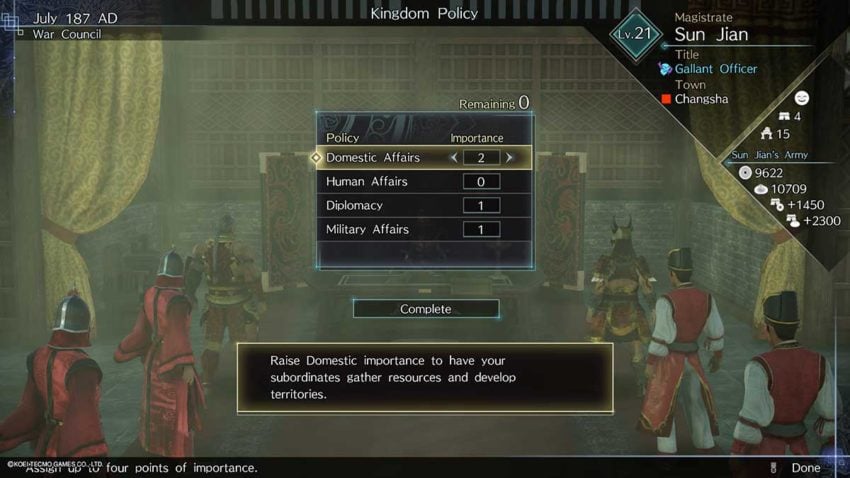
The main difference between the mainline Dynasty Warrior series and the Empires spin-offs is the tactical element the latter brings to the table. After choosing your scenario, you’re left to manage your kingdom and conquer China as you see fit. You pick which territories to invade, assign generals, and even go out for a little stroll with your allies now and then. It’s not all war talk though.
A key part of running your kingdom is managing your assets. You need to decide what you’re going to focus on each month based on your kingdom’s needs. For example, you could train more soldiers, cultivate agriculture to gain more rations, raise funds for a future battle, and even pillage and burn territories to get the most out of them.
This is the bulk of what you’ll be doing between battles, but don’t think combat takes a backseat. Instead, this kingdom management element makes the game feel more akin to Total War: Shogun, requiring you to make smart decisions based on your resources. If you conquer territory without thinking about the army on the other side, for example, you might end up losing a fight when you need to defend a new region.
There’s a balance to be found between steadily conquering more of the map and managing the territories you have. Forging alliances and interacting with generals on the open world map might feel like a chore, but the breathing space is a welcome change after an intense siege. Your actions outside of battle will also influence who comes to you to forge an alliance. While it might not last long, showing you can work with others helps in the long run.
Stuck to its roots
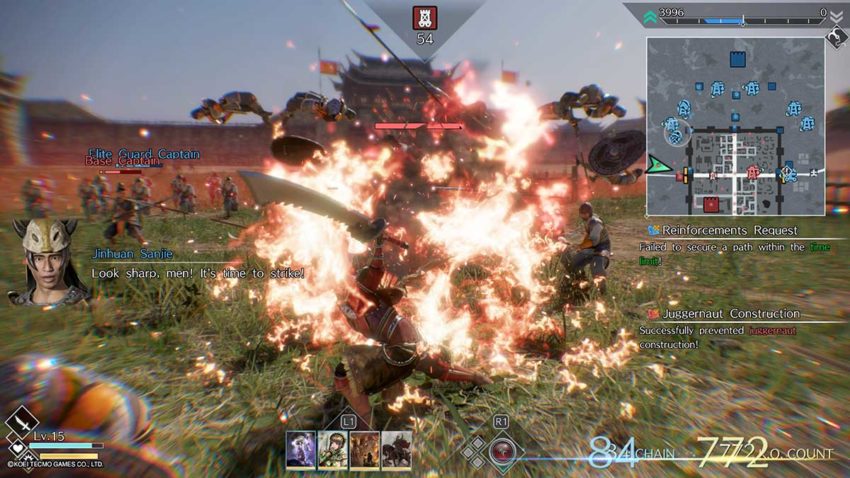
At the core of every Dynasty Warriors game is hardcore Musou action. Pitting you against thousands of enemies and seeing your lone hero come out on top is what this series is known for, and that element is still present in battles. Unfortunately, Dynasty Warriors 9: Empires restricts battles to castle sieges, meaning that the only time you get a glimpse of that fractic Musou combat is at the heart of a stronghold. When you rush ahead to take down the enemy’s leader alone against thousands of their soldiers, the screen fills with bodies as you slash your way through everyone in your way. But this moment always comes at the end of a siege, meaning you never quite get a full dose of that Musou action as you would in most battles of the mainline Dynasty Warriors series.
The soundtrack for Dynasty Warriors 9: Empires is understandably epic. A combination of classical music, metal, and rock anthems blare away in the background during battle. Everything is far more subtle and reminiscent of ancient China while you’re in your war room or chatting with generals though. This doesn’t differ much from past games but still manages to hammer home the scale of your actions. You could also stick on a podcast and be safe in the knowledge that you’re not missing anything.
The visuals are what let this game down. We’re not sure if it’s because it’s based on Dynasty Warriors 9, which was released in 2018, or that there’s simply so much content that the graphics couldn’t be pushed any further. We didn’t lose any frames on PS5 but the environment always looked blocky, as did the lesser soldiers. Generals and named characters each have a distinct look, but the quality of their character models dropped considerably outside out the moments they’re revealed in the heat of battle or a cutscene.
Verdict
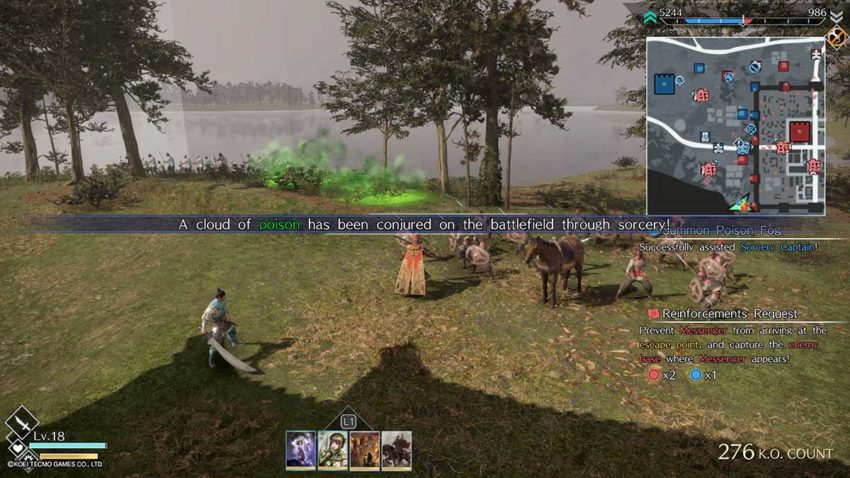
While Dynasty Warriors 9: Empires didn’t blow us away by doing something fresh with the franchise, that’s never been the point with Musou titles. The game gives you more of what you want: colossal battles in which you regularly rack up thousands of kills and see epic rivalries between great leaders emerge and die before your eyes. If you’ve ever enjoyed a Dynasty Warriors game, then this will definitely be for you, but any fans of historical strategy games will also find it incredibly easy to get into.
Final Score:
7/10
| + | Amazing Musou action |
| + | Tactical and strategic elements provide a nice change of pace |
| + | You create your own story |
| – | Additional scenarios would increase the game’s longevity by a long way |
| – | Visuals don’t stand up against other games released today |
Gamepur team received a PS4 code for the purpose of this review.

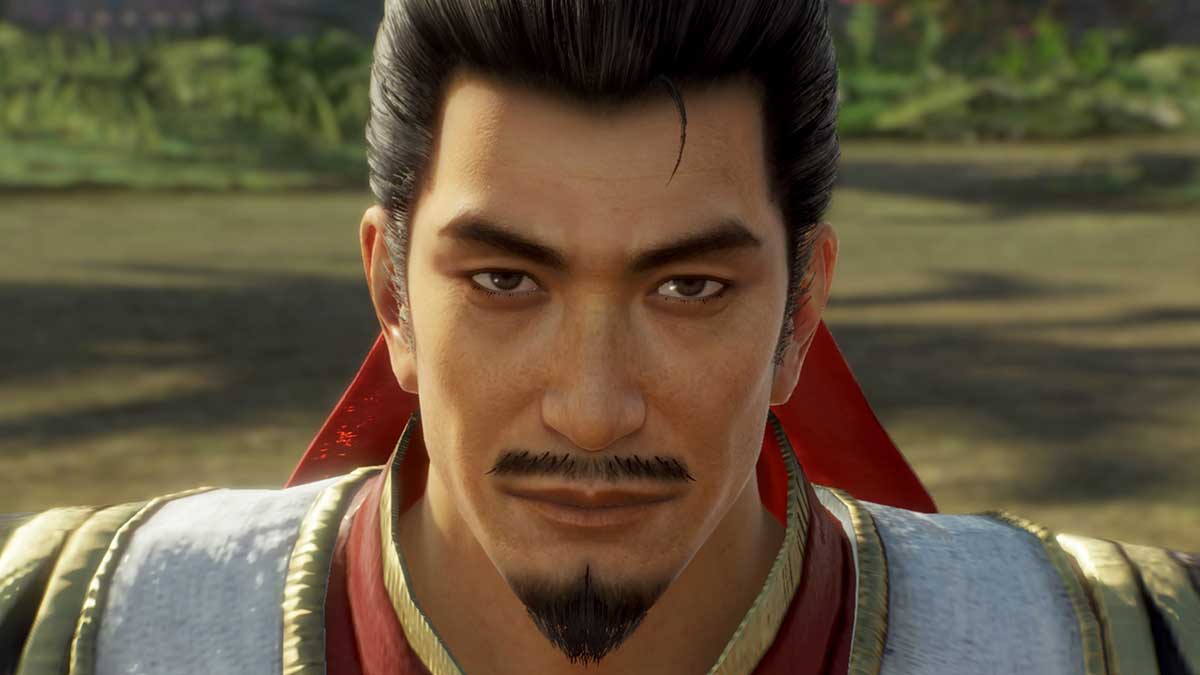

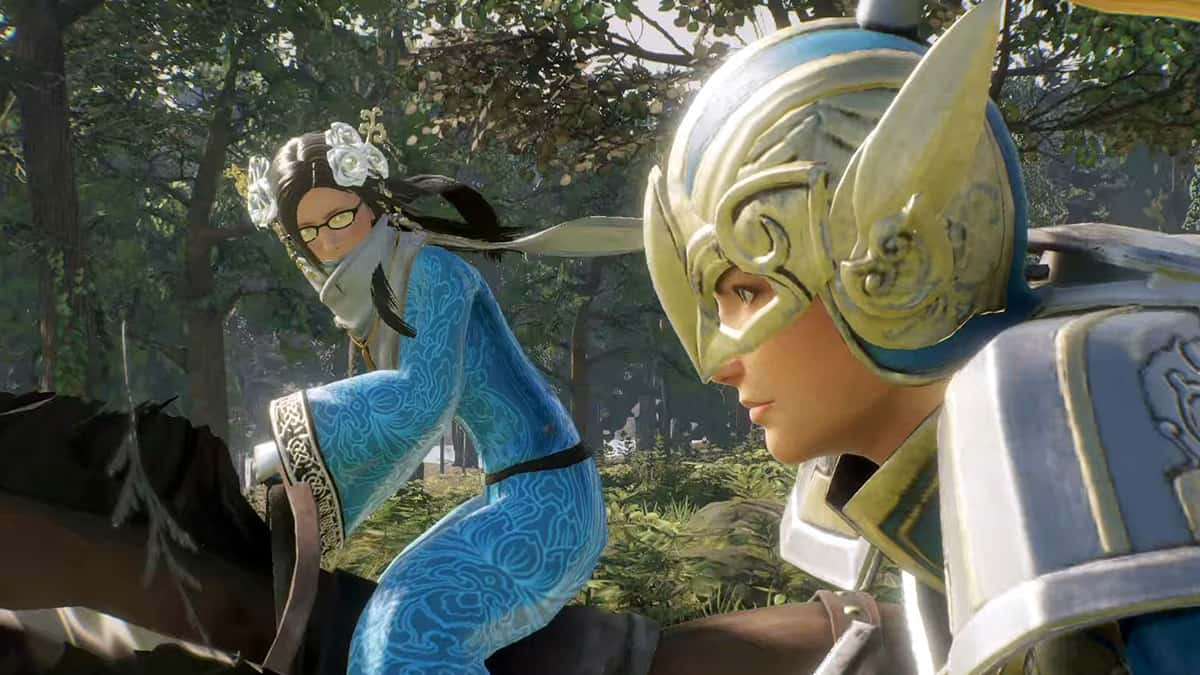
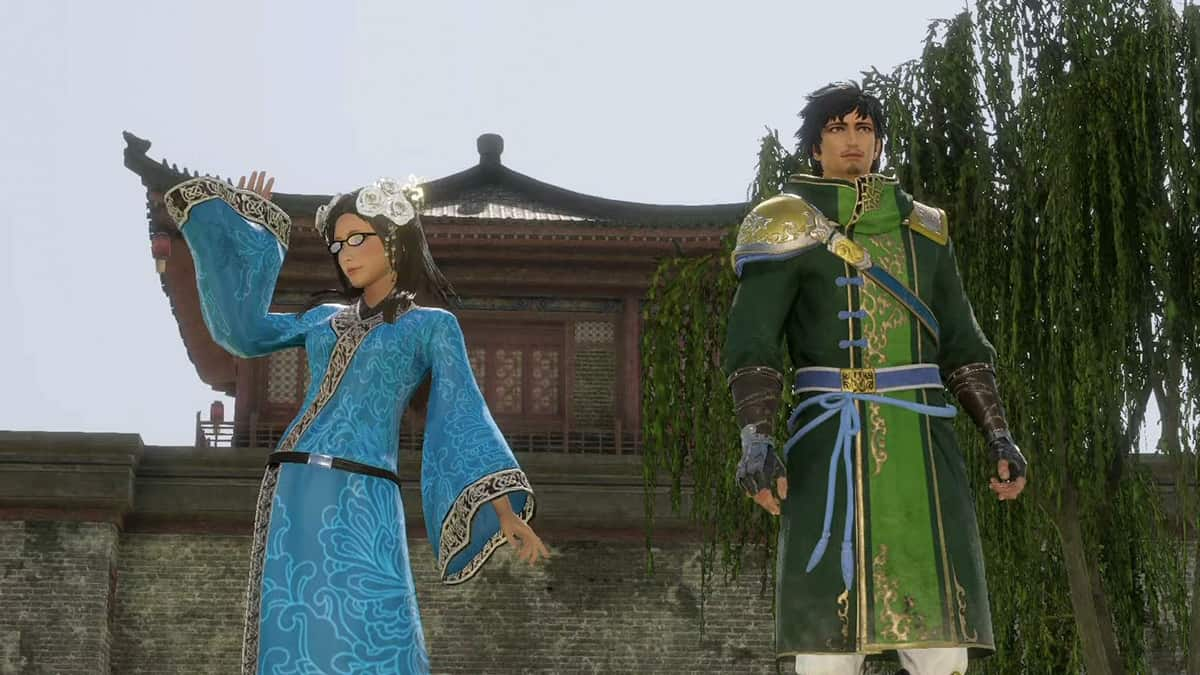
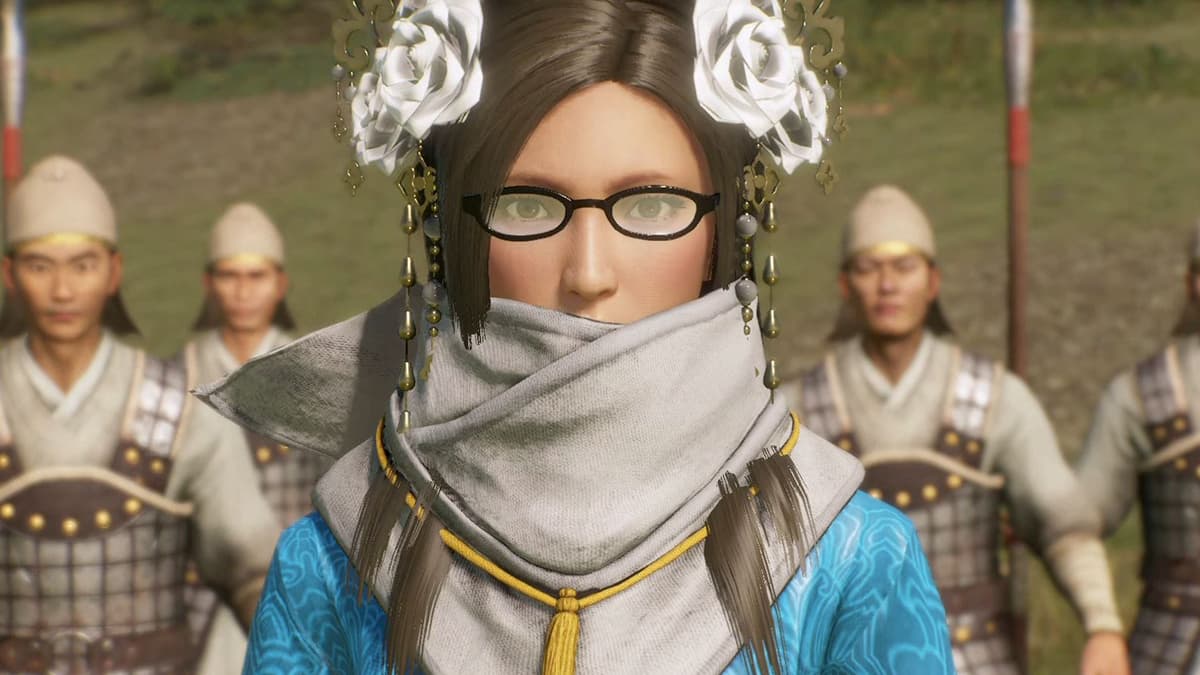
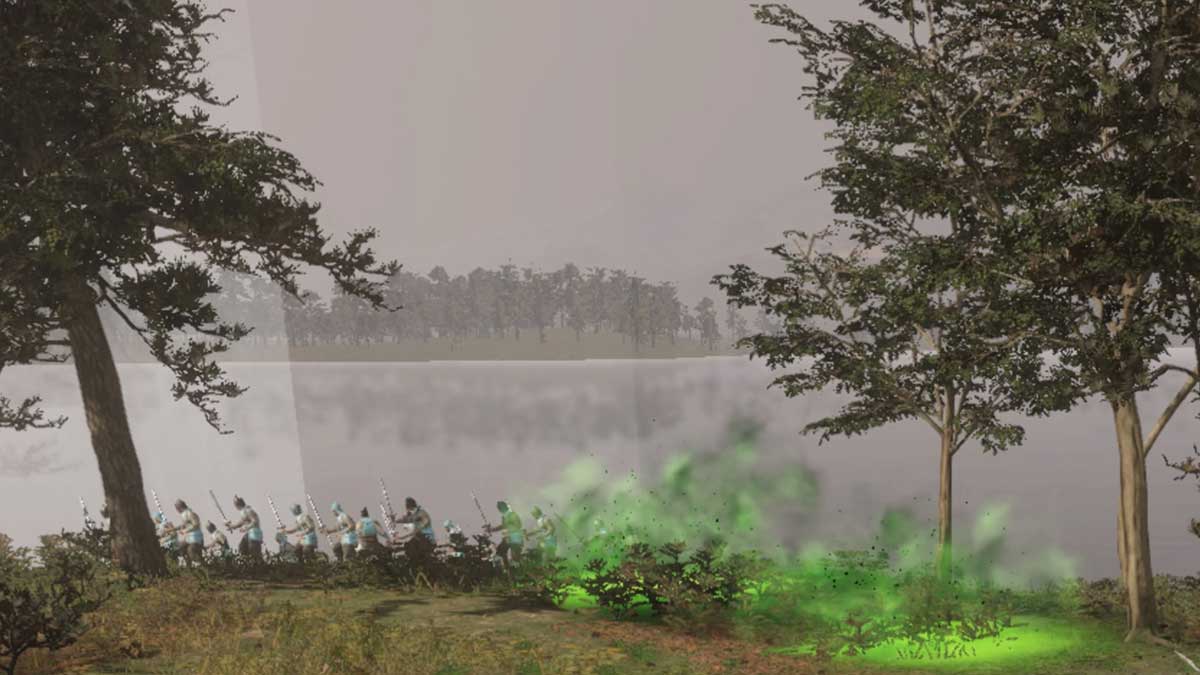
Published: Feb 14, 2022 10:04 PM UTC